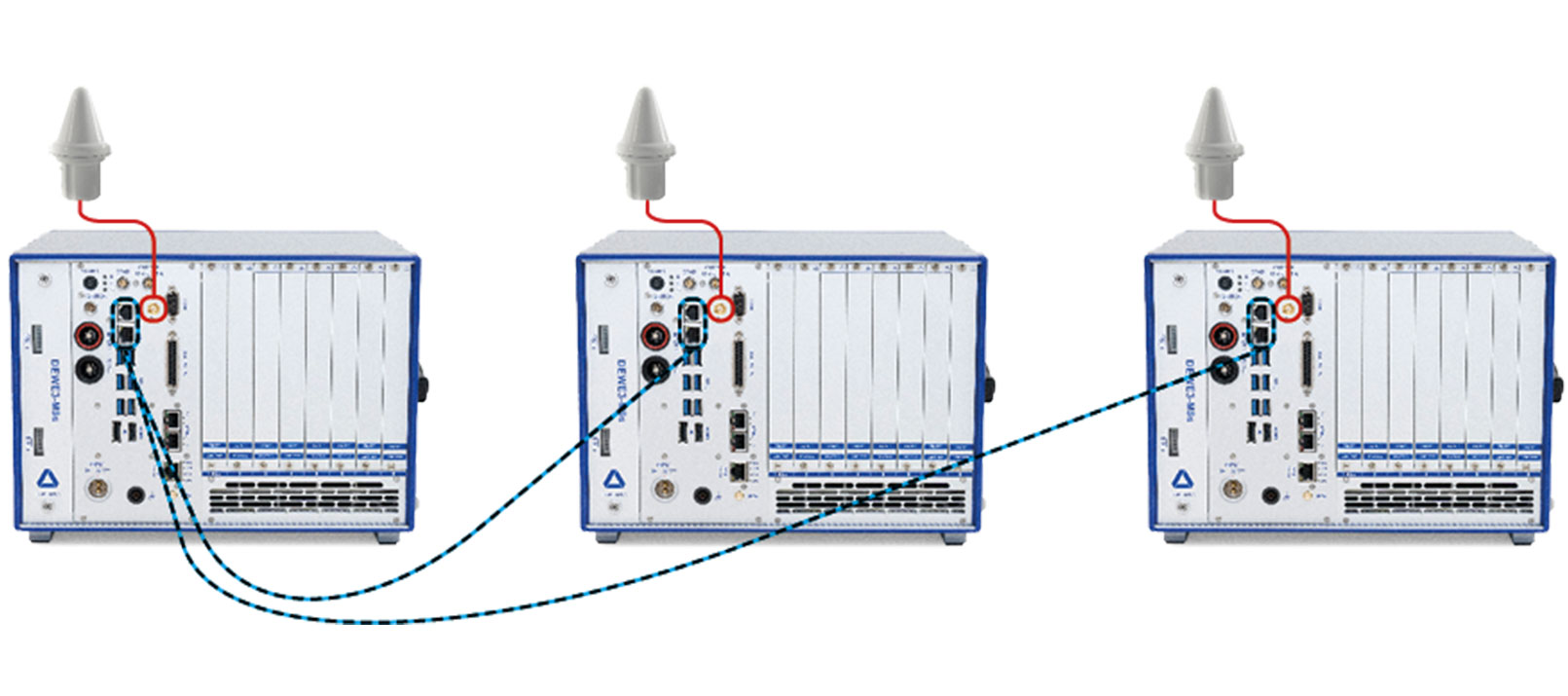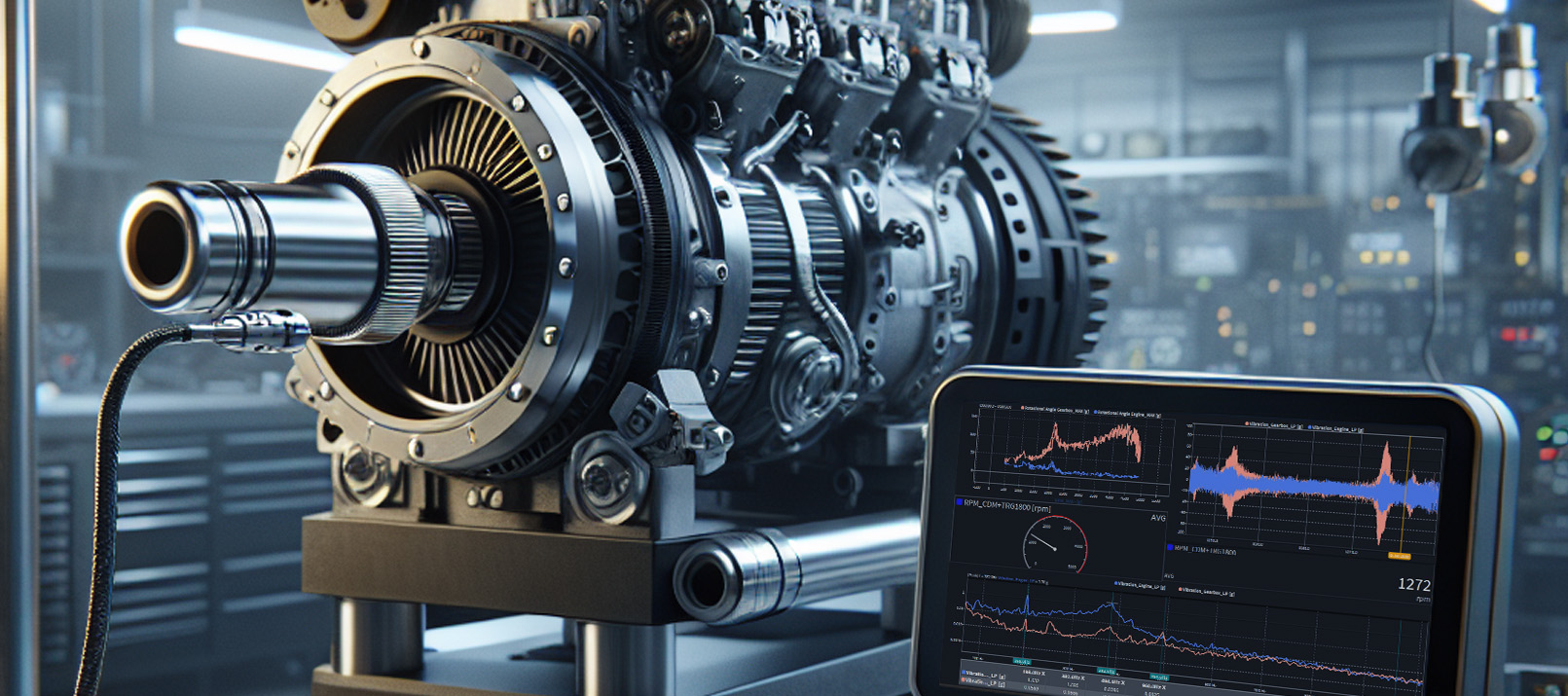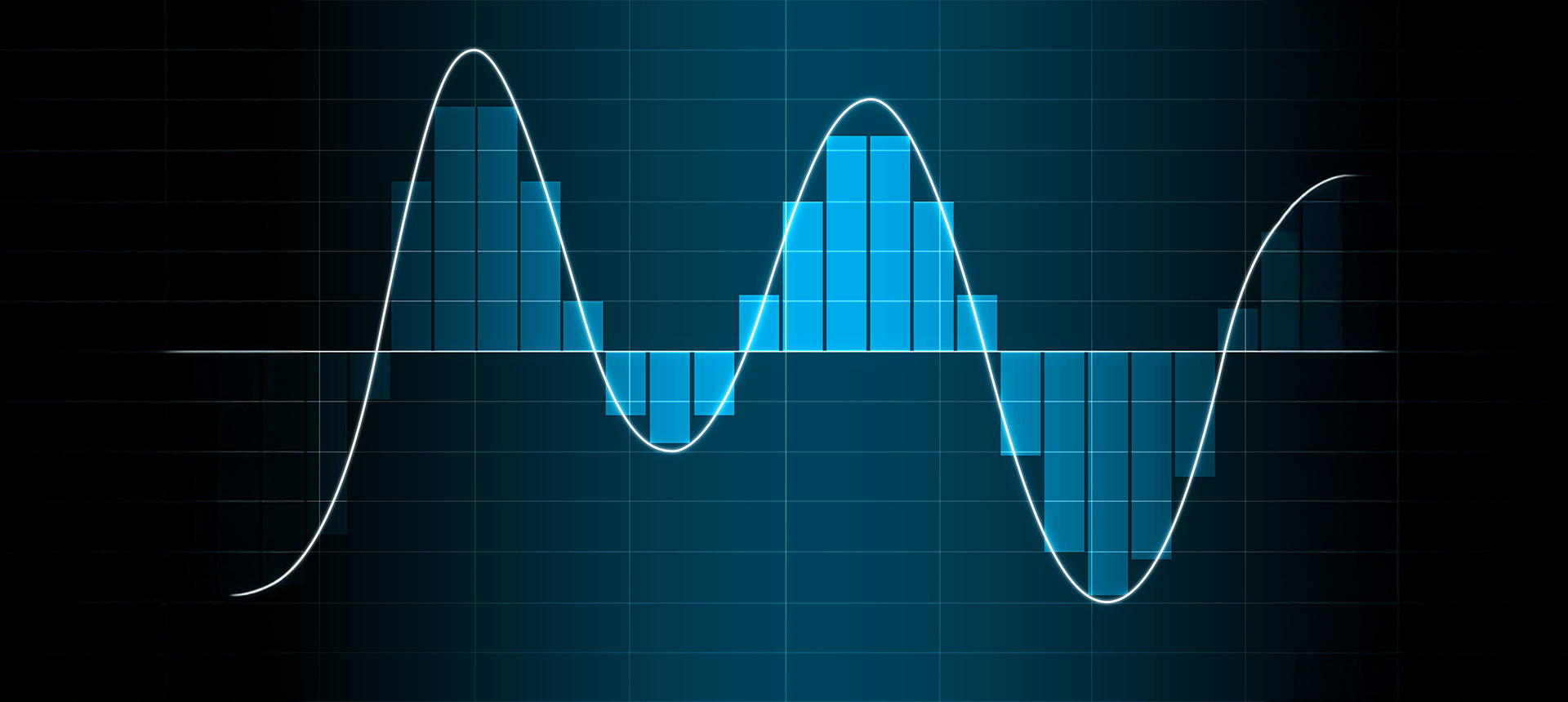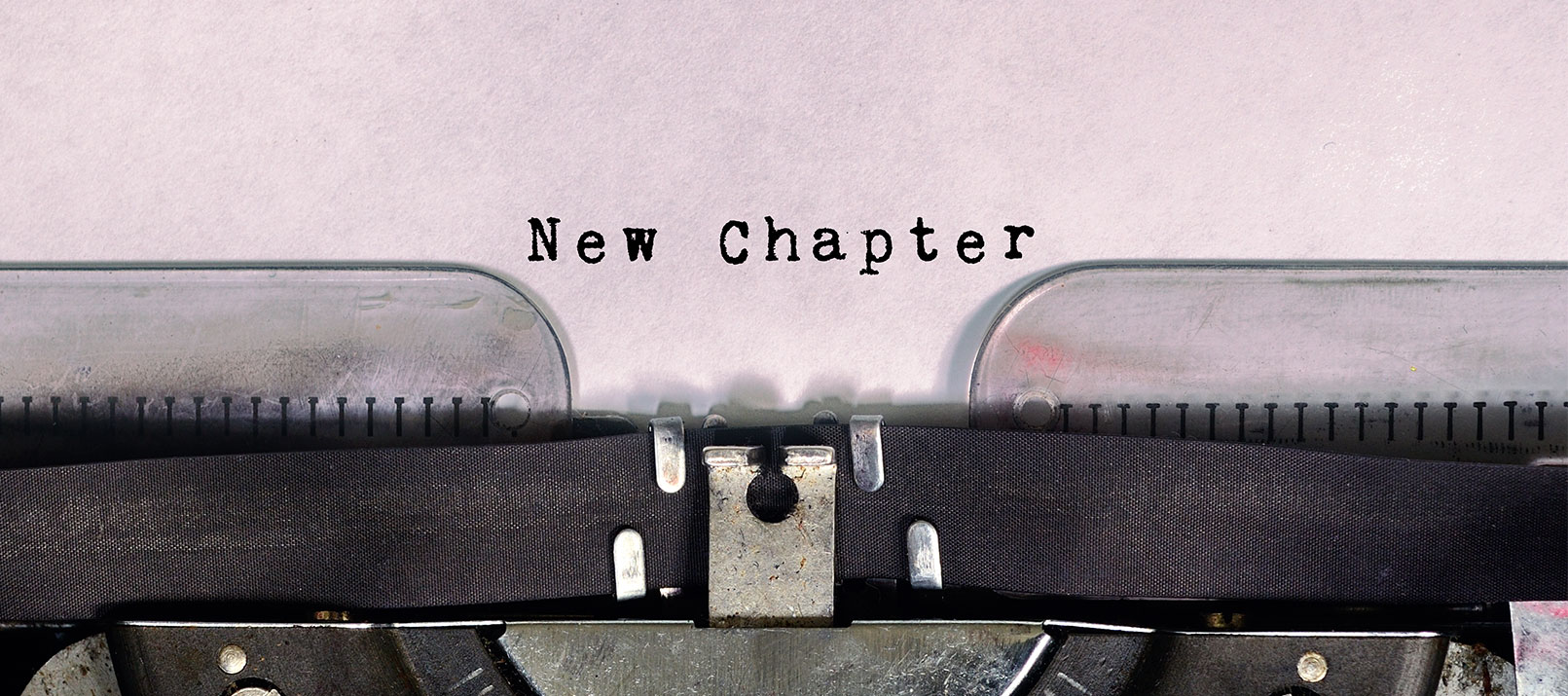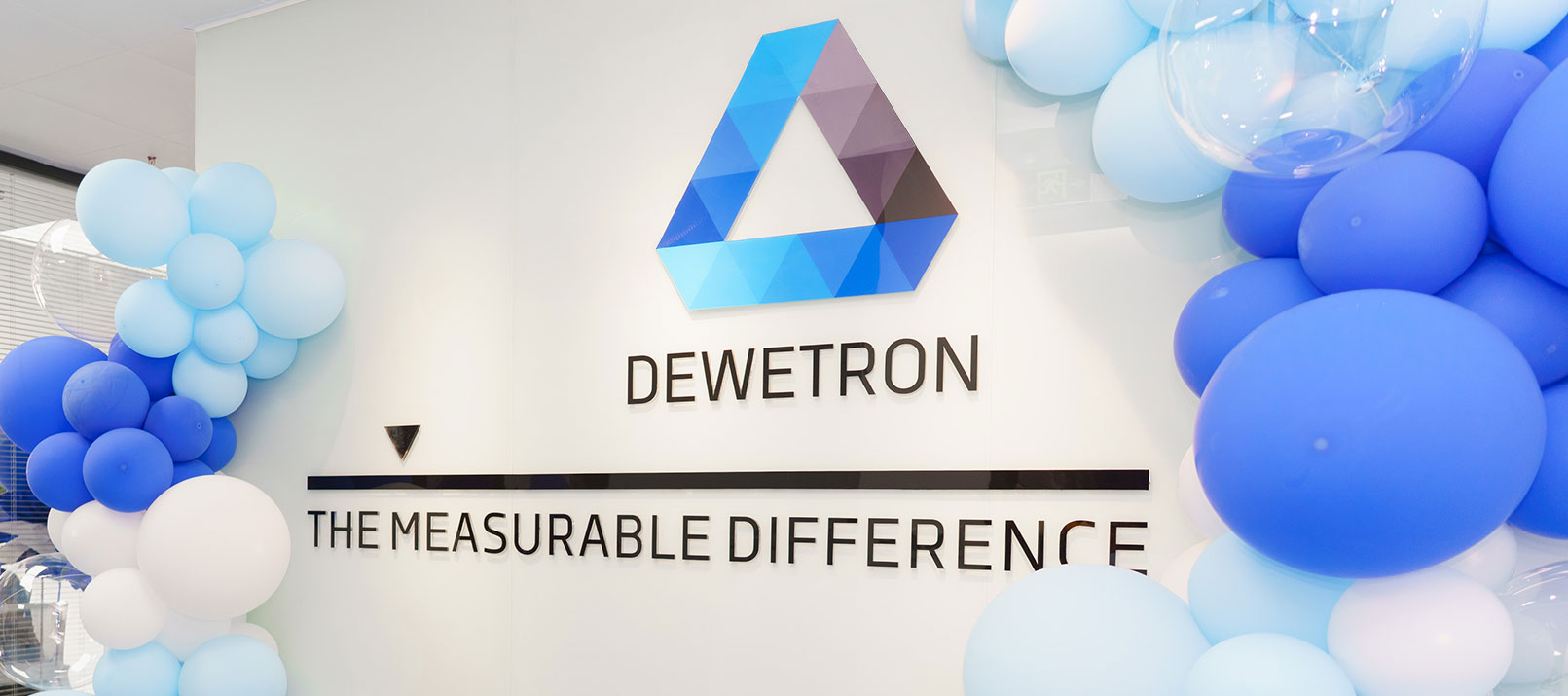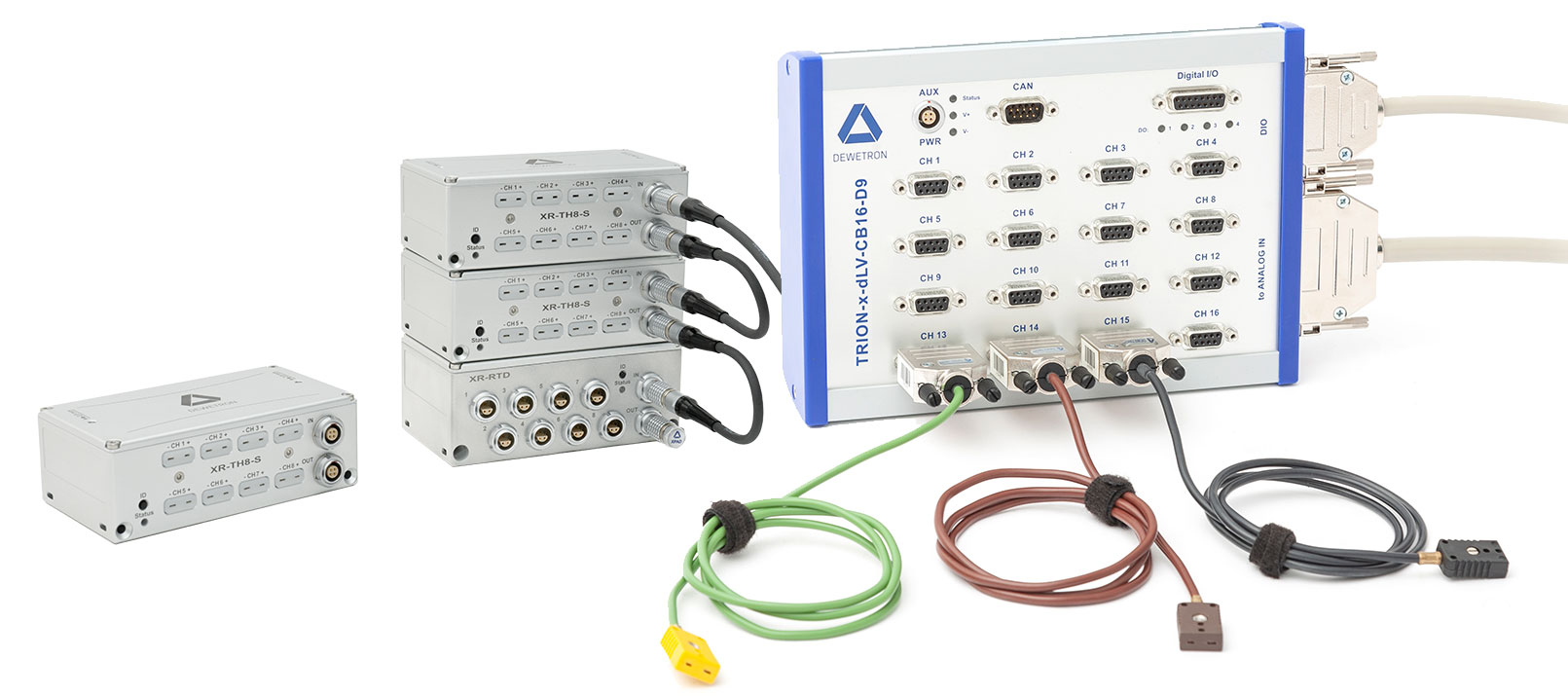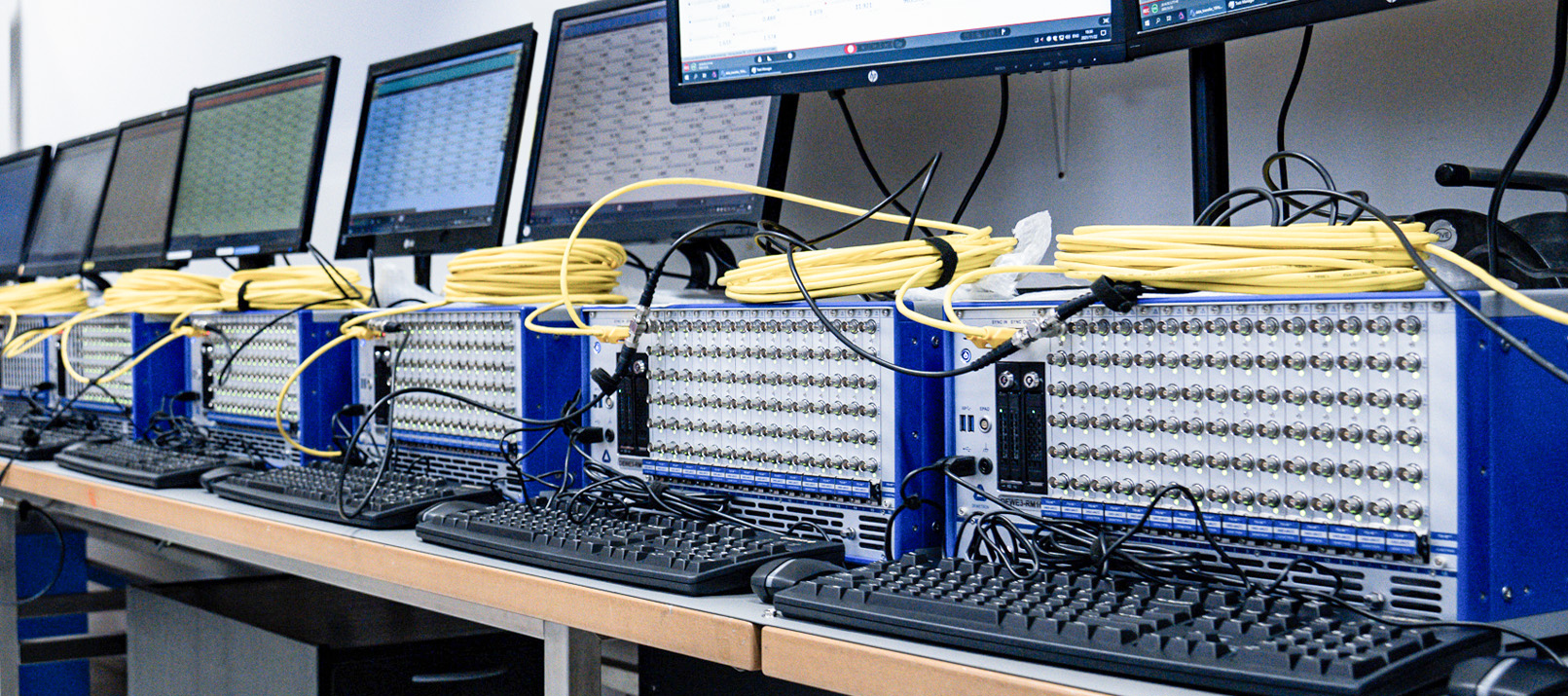Frequency accuracy: how accurate is the DEWE3 system clock really?

Introduction
In analog data acquisition, accuracy always means analog accuracy of an input compared to an accurate reference signal – done in the calibration process. This is the most needed value in calibration.
Some sensors send their signal over a frequency or over a pulse width. Accurately measuring frequency, pulse width, duty cycle or period of a signal implies an accurate time base of the measuring device. This time base is defined by the system clock. How precise and meaningful the measured and recorded data is, depends heavily on the clock accuracy of the instrument.
For example, some torque transducers output the measured torque as a frequency (e.g. centered around 60 kHz). An inaccurate system clock of the measurement device then leads to an inaccurately measured torque. That is why the accuracy of the clock is so important. And in this whitepaper, we will find out how accurate the system clock of DEWE3 systems really is, even depending on temperature and aging.
DEWETRON – Your expert in measurement technology
DEWETRON is a specialist in the field of measurement technology. The goal is to produce measuring equipment that meets the highest possible quality standards, is modular and versatile, as well as easy to use.

